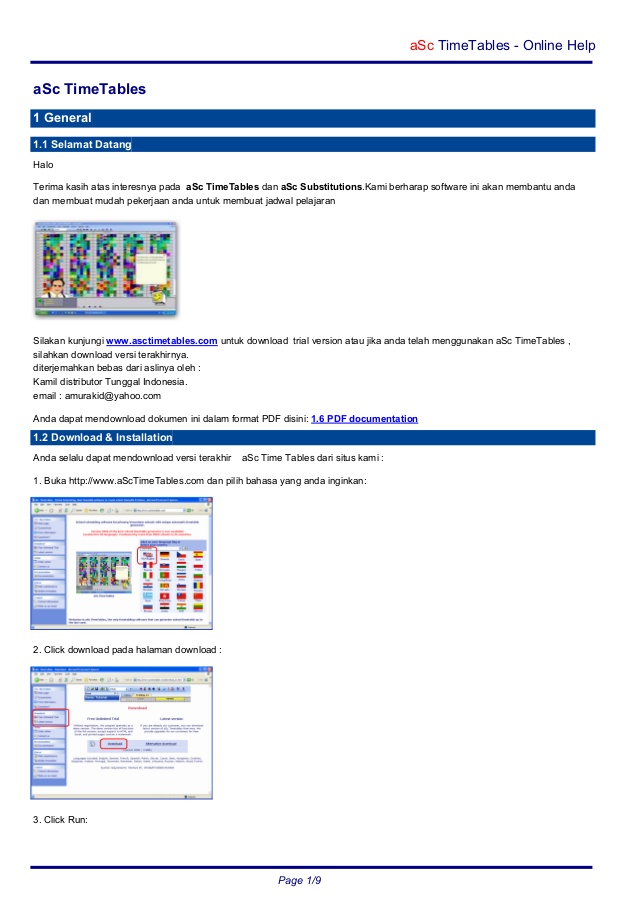
After opening Tiled, you should see a screen like this: Tilesets are a selection of tiles that you can build a Tilemap out of. IMPORTANT: You can only use one tileset per tilemap, otherwise LibGDX is going to render your map with the wrong tilesets in each tile! If you would like to use multiple tilesets, a workaround is to put all the tileset images onto 1 image, or to draw your map and then export your map as an image, and then make a new tileset with that. Under “Allow apps downloaded from:” if you’ve recently tried to open Tiled, simply click “Open Anyways” and enter your password.IMPORTANT: Your computer may not be able to open it because of your security settings, to fix this issue follow these steps.

#Gdx texturepacker download#
There’s an option to Donate, but you can skip it and just download it for free. By importing a set of tiles as a new Tileset, you can then build a Tilemap out of those tiles. Tiled is an application that will help you create your game’s tilemap. There is no need to create original images for your game, in fact, all the resources mentioned below will help you create a visually appealing game without much art knowledge at all.
#Gdx texturepacker software#
Hopefully these settings help you out in your project.We will be using external software to help us with creating the visuals for our game. No, If I add a blank image then I would have added it for a reason so no reason to remove it.Yes, This means if one image is exactly the same as another they will both reference the same image.This forces the images to be a Power Of Two which is required for older version of Open GL.This can be on or off but I like it off so my images are always upright.I don’t use this as I may place objects in my images at the right location and strip whitespace would mean the object placement is always in the center.Without these you will have a pretty bad time rendering anything tiled when scaled.
#Gdx texturepacker Pc#

The main reason to use a texture packer is that loading individual images is expensive. This means you can get your artist to draw each image separately and add them as they are created.

The Texture packer can be used from the command line or from in your project but I recommend using the GUI version and packing your images externally and adding the final packs to your project manually. There is a GUI version which is provided by and will be used in this tutorial. The Texture packer is a class provided by LibGDX which can be used to pack a group of images into a single larger file, or multiple larger files depending on how many images you have.


 0 kommentar(er)
0 kommentar(er)
